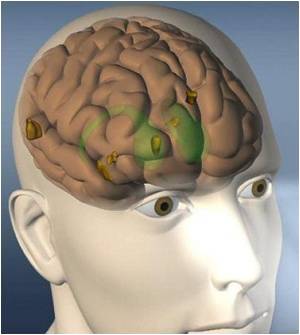
Senior author David Freedman, PhD, associate professor of neurobiology at the University of Chicago, said that most of the objects in any given visual scene were not that important and they had zeroed in on an area of the brain that appeared central to this process. It did this in a very flexible way, changing moment by moment depending on what is being looked for.
During the stud, monkeys were shown a rapid series of visual images where an initial image showed either a group of red dots moving upwards or yellow dots moving downwards, which served as an instruction for which specific colors and directions were relevant during that trial. The subjects were rewarded when they released a lever when this image later reappeared. Subsequent images were composed of different colors of dots moving in different directions, among which was the initial image.
Freedman and postdoctoral fellow Guilhem Ibos, PhD, discovered that the neurons possessed a unique characteristic and individual neurons shifted their sensitivity to color and direction toward the relevant color and motion features for that trial.
Freedman said that their study suggested that this area of the brain brought together information from multiple areas throughout the brain and it integrated inputs visual, motor, cognitive inputs related to memory and decision making and represented them in a way that helps solve the task at hand.
The study is published in the journal Neuron.
Advertisement














